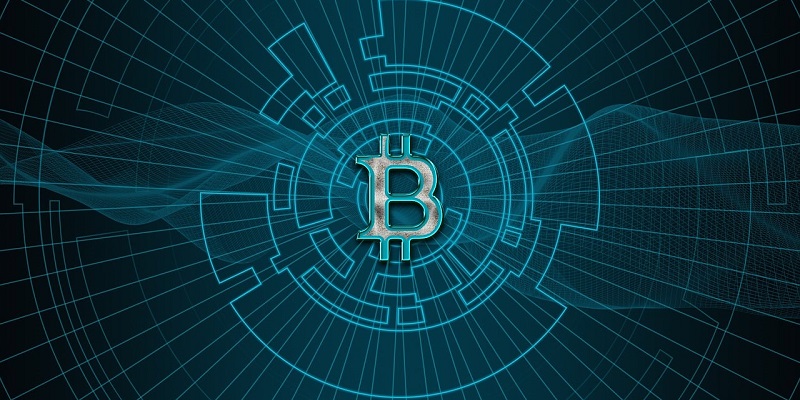The financial services industry is witnessing a paradigm shift with the advent of tokenization. This innovative concept involves converting real-world assets into digital tokens, enabling greater efficiency and accessibility in various financial operations. Tokenization has become the latest buzz topic, garnering interest from major players in the industry. This article will delve into the different aspects of tokenization, exploring its application in money market funds, its expanding presence in financial services, the potential market size of tokenized assets, the role of blockchain technology in settlement, and even the adoption by central banks.
Tokenization in money market funds
One area where tokenization has already demonstrated significant value is money market funds. By tokenizing these funds, financial institutions can streamline operations and achieve notable efficiencies. Franklin Templeton, a prominent US fund management giant, has embraced tokenization and is actively experimenting with it. Notably, the cost of running a tokenized money market fund at Franklin Templeton is ten times lower than traditional funds. This cost reduction not only benefits the company but also provides potential cost savings for investors.
Expansion of Tokenization in Financial Services
Despite the recent scandal at FTX, a failed cryptocurrency exchange, other US financial giants are increasingly embracing tokenization. This incident should be seen as an isolated case that does not define the overall potential and benefits of tokenization. The interest and adoption of tokenization by these influential institutions underscore its potential to revolutionize various financial services, including asset management, derivatives, and more.
Potential market size of tokenized assets
The market for tokenized assets is predicted to experience tremendous growth in the coming years. According to Boston Consulting Group, it could reach a staggering $16 trillion by the end of this decade. This projection highlights the massive opportunity presented by tokenization. As investors and institutions recognize the transparency, liquidity, and efficiency tokenization brings, they are increasingly willing to explore this transformative approach.
Blockchain technology for settlement
A fundamental driving force behind the adoption of tokenization is the development of blockchain technology. Major financial institutions are leveraging this technology to push mainstream financial markets towards near-instant and free settlement. Goldman Sachs, for example, has already gone live with its Digital Asset Platform, which operates on a private blockchain. By utilizing blockchain, Goldman Sachs aims to significantly reduce settlement times, enabling faster and more secure transactions.
JPMorgan’s Onyx blockchain is another notable example, facilitating the daily trading of billions of dollars in digital assets. These initiatives highlight the increasing importance of blockchain and its potential to transform settlement processes, remove intermediaries, and foster greater trust and security in financial operations.
Adoption of Tokenization by Central Banks
Tokenization’s potential impact has not gone unnoticed by central banks. The Reserve Bank of Australia (RBA) and Australian banks are actively exploring tokenization and central bank digital currencies (CBDCs). This forward-thinking approach by central banks showcases their recognition of the benefits tokenization can bring to the financial system. By leveraging this technology, central banks can enhance payment systems, improve financial inclusion, and increase cross-border transaction efficiency.
Tokenization presents an exciting opportunity to revolutionize financial services by enhancing efficiency, reducing costs, and increasing accessibility. The tokenization of money market funds is already showcasing remarkable benefits, with Franklin Templeton at the forefront of experimentation. As major financial institutions join the tokenization movement, their commitment indicates a shift towards a digital and more efficient financial ecosystem.
The anticipated market size of tokenized assets by the end of this decade, as projected by Boston Consulting Group, underscores the immense potential for growth and disruption. The blockchain technology supporting tokenization further drives the industry’s march towards faster, more secure settlements. Meanwhile, the interest shown by central banks, such as the RBA, signals the potential for tokenization and CBDCs to reshape the monetary landscape.
Tokenization is poised to shape the financial services industry in the years to come. While challenges and risks may arise, the benefits outweigh the hurdles. As more institutions embrace this transformative approach, tokenization will unlock new possibilities, enabling a future of efficient, accessible, and secure financial services.

